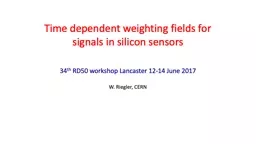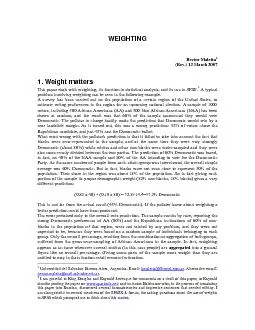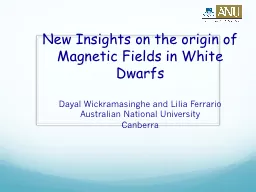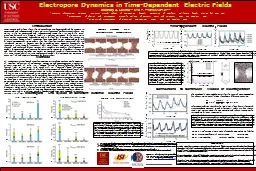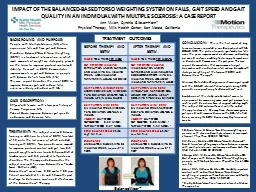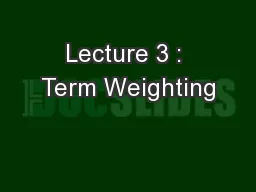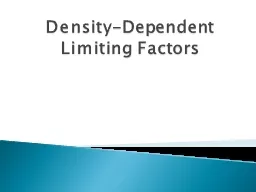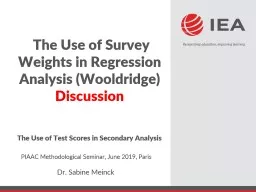PPT-Time dependent weighting fields for
Author : friendma | Published Date : 2020-06-18
signals in silicon sensors 34 th RD50 workshop Lancaster 1214 June 2017 W Riegler CERN The current induced on a grounded electrode by a moving point charge
Presentation Embed Code
Download Presentation
Download Presentation The PPT/PDF document "Time dependent weighting fields for" is the property of its rightful owner. Permission is granted to download and print the materials on this website for personal, non-commercial use only, and to display it on your personal computer provided you do not modify the materials and that you retain all copyright notices contained in the materials. By downloading content from our website, you accept the terms of this agreement.
Time dependent weighting fields for: Transcript
Download Rules Of Document
"Time dependent weighting fields for"The content belongs to its owner. You may download and print it for personal use, without modification, and keep all copyright notices. By downloading, you agree to these terms.
Related Documents

